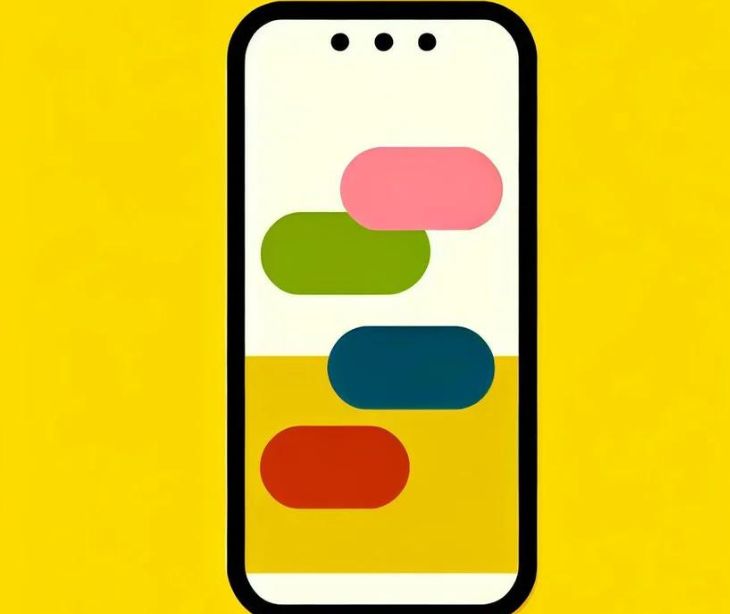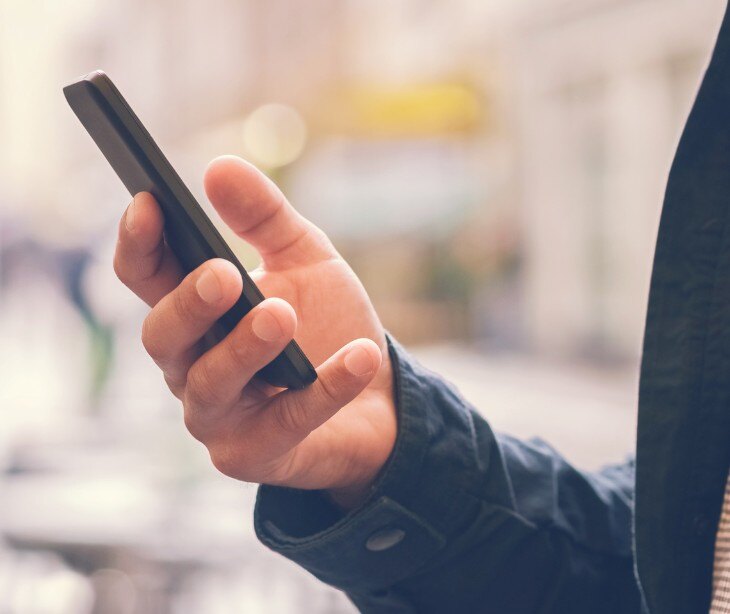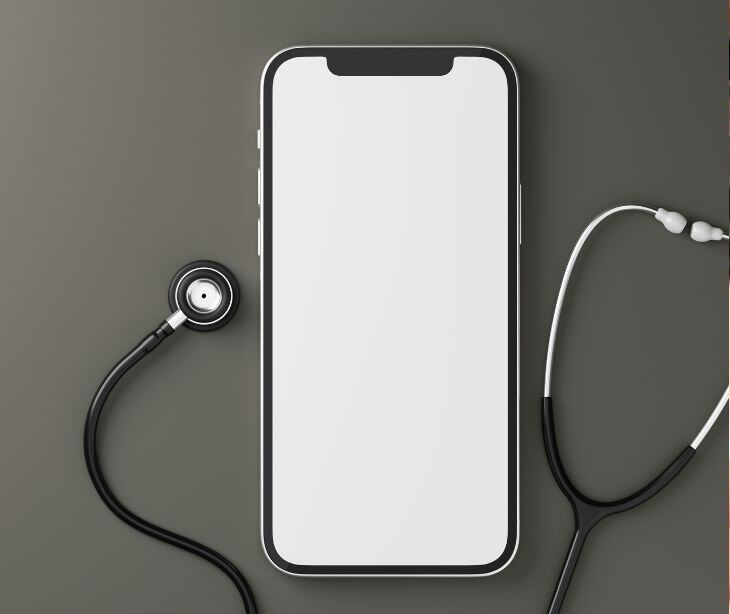3 min read
HIPAA compliant texting as a solution for visually impaired patients
Kirsten Peremore
April 09, 2024

In 2015, around 253 million people worldwide were living with visual impairment: 36 million of these individuals were blind, while another 217 million had moderate to severe visual impairment (MSVI). HIPAA compliant text messaging offers a solution by allowing accessible communication with healthcare providers. An example of this is text to speech technology which allows visually impaired patients to receive and interact with secure messages directly and easily.
Challenges faced by visually impaired patients
“Vision loss can affect one's quality of life (QOL), independence, and mobility and has been linked to falls, injury, and worsened status in domains spanning mental health, cognition, social function, employment, and educational attainment. Although confounding factors likely contribute to some of the harms that have been associated with vision impairment, testimony from visually impaired persons speaks to the significant role that vision plays in health, vocation, and social well being.”
The above extract is from Chapter 3 of Making Eye Health a Population Health Imperative: Vision for Tomorrow. Visually impaired patients face numerous challenges in their daily lives, impacting their independence and access to information. Navigating physical spaces can be daunting, as traditional signage and visual cues used for direction or warnings are often inaccessible.
Digital information often falls short as well, as many healthcare websites and digital portals are not designed with accessibility in mind, lacking features like text to speech functionality or easy navigation for those using screen readers. This lack of accessible information not only hampers the ability of visually impaired patients to make informed health decisions but also affects their independence and privacy.
See also: Offering remote healthcare using HIPAA compliant text messages
Accommodating visual impairment in text messaging
When tailored for visually impaired patients, texting offers several features to navigate the unique challenges they face in healthcare settings. The core of this adaptation lies in text to speech technology, which converts written messages into spoken words. This allows patients to listen to appointment details, test results, and healthcare instructions without needing to see the screen.
This technology is supported by voice recognition software, allowing patients to compose and send messages through voice commands. Screen readers can seamlessly interact with text messages, reading them aloud and providing audible cues for navigation within the message app.
Further advanced text messaging platforms also incorporate high contrast and large font options for those with partial vision. These platforms are designed to be compatible with Braille displays, translating text into Braille for users who prefer this method.
Methods of implementing HIPAA compliant text messaging
- Multimodal messaging options: Allow patients to choose their preferred format for receiving messages, including plain text, audio messages, or messages optimized for Braille readers. This caters to varying degrees of visual impairment and personal preferences.
- Integration with voice activated assistants: Integrate text messaging services with voice activated smart assistants like Siri, Google Assistant, and Amazon Alexa. This allows patients to send and receive messages through voice commands, making the service more accessible for those who have difficulty with traditional text based messaging.
- Personalized User Interface (UI) customizations: For patients with partial vision, provide text messaging applications that offer extensive UI customization options, including adjustable font sizes, high contrast color schemes, and voice feedback for navigating the app interface.
- Tactile feedback for notification and interaction: Use haptic feedback for notifications and interactions within the text messaging app, helping visually impaired patients recognize and respond to messages through touch.
- Advanced Text to Speech (TTS) configuration: Implement advanced TTS technology in messaging apps, allowing patients to customize voice speed, pitch, and volume. Providing a selection of different voice options can also make the listening experience more pleasant and easier to understand.
- Dedicated support line for text messaging assistance: Create a dedicated support line or service that visually impaired patients can contact for help with using the text messaging service. This support could include troubleshooting, setting up preferences, and learning how to use different features of the service.
- Braille support for received messages: Text messaging software should be compatible with Braille displays, allowing messages to be translated into Braille in real time for patients who use this as their primary mode of reading.
See also: Introducing HIPAA compliant texting API by Paubox
FAQs
Can family members or caregivers receive HIPAA compliant text messages on behalf of visually impaired patients?
With the patient’s consent, family members or caregivers can receive HIPAA compliant text messages on behalf of visually impaired patients. This arrangement should be documented carefully, and the same privacy and security measures apply to protect the PHI being communicated.
How do healthcare providers ensure text messaging platforms are truly HIPAA compliant?
Healthcare providers must verify that the text messaging platform has encryption for data at rest and in transit, and sign a Business Associate Agreement (BAA).
What role does patient consent play in HIPAA compliant text messaging?
Patients must be informed about how their health information will be used and communicated through text messaging and must agree to this form of communication.
Subscribe to Paubox Weekly
Every Friday we'll bring you the most important news from Paubox. Our aim is to make you smarter, faster.




